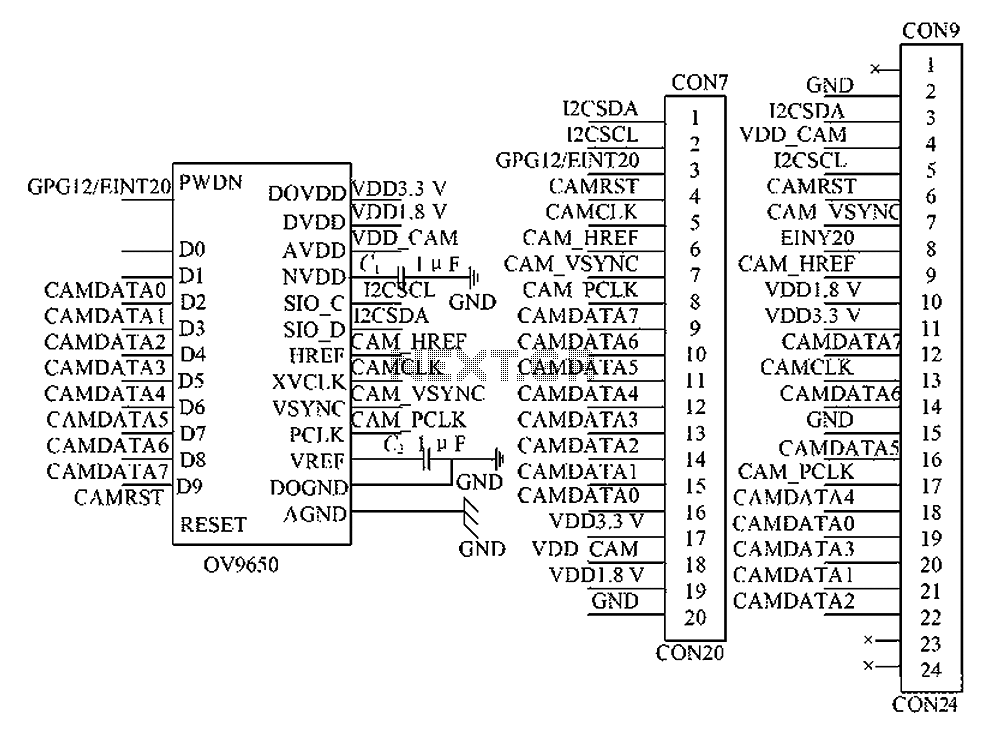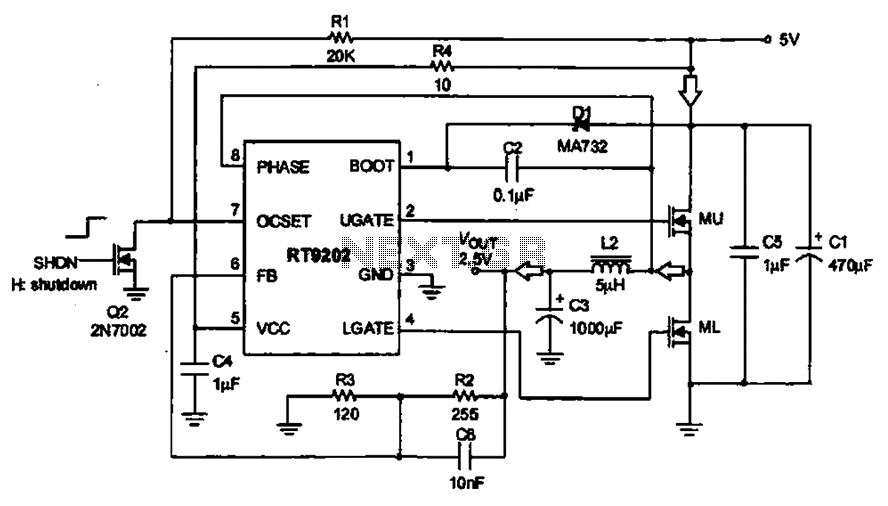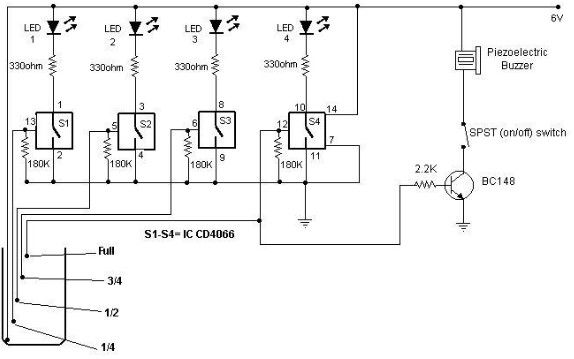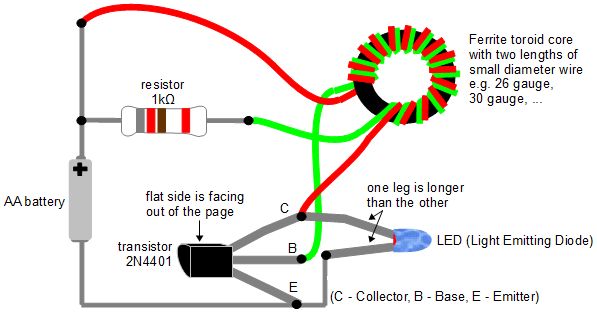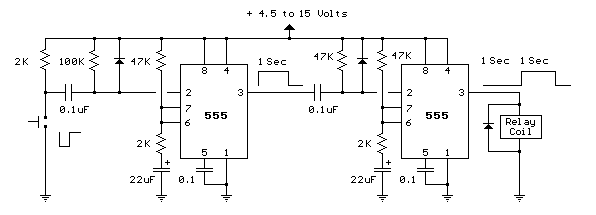
Supercharged Joule circuit
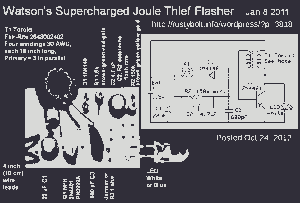
This picture and schematic were intended for posting on my Watson's blog, but it did not get published.
The circuit schematic in question likely includes various electronic components arranged to perform a specific function. Typically, such schematics are used to illustrate the connections and relationships between components like resistors, capacitors, diodes, transistors, and integrated circuits. Each component is represented by standardized symbols, and the connections are depicted by lines that indicate electrical pathways.
In a well-designed schematic, components would be labeled with their values and specifications, such as resistance in ohms for resistors or capacitance in farads for capacitors. The power supply would also be indicated, showing the voltage levels required for the circuit to operate effectively. Ground connections are usually marked to establish a common return path for the current.
Furthermore, the schematic might include additional annotations or notes that clarify the functionality of specific sections of the circuit. For example, it could specify which components are part of a feedback loop, which are responsible for signal amplification, or those that filter out unwanted noise.
Overall, a comprehensive schematic serves as a crucial tool for engineers and technicians, allowing for easier troubleshooting, modification, and understanding of the circuit's operation. It is essential that such documents are accurately prepared and made accessible to ensure that the intended audience can utilize them effectively.I think this picture and schematic was posted to my watsonseblog. but it didnt get posted to this 🔗 External reference
The circuit schematic in question likely includes various electronic components arranged to perform a specific function. Typically, such schematics are used to illustrate the connections and relationships between components like resistors, capacitors, diodes, transistors, and integrated circuits. Each component is represented by standardized symbols, and the connections are depicted by lines that indicate electrical pathways.
In a well-designed schematic, components would be labeled with their values and specifications, such as resistance in ohms for resistors or capacitance in farads for capacitors. The power supply would also be indicated, showing the voltage levels required for the circuit to operate effectively. Ground connections are usually marked to establish a common return path for the current.
Furthermore, the schematic might include additional annotations or notes that clarify the functionality of specific sections of the circuit. For example, it could specify which components are part of a feedback loop, which are responsible for signal amplification, or those that filter out unwanted noise.
Overall, a comprehensive schematic serves as a crucial tool for engineers and technicians, allowing for easier troubleshooting, modification, and understanding of the circuit's operation. It is essential that such documents are accurately prepared and made accessible to ensure that the intended audience can utilize them effectively.I think this picture and schematic was posted to my watsonseblog. but it didnt get posted to this 🔗 External reference
